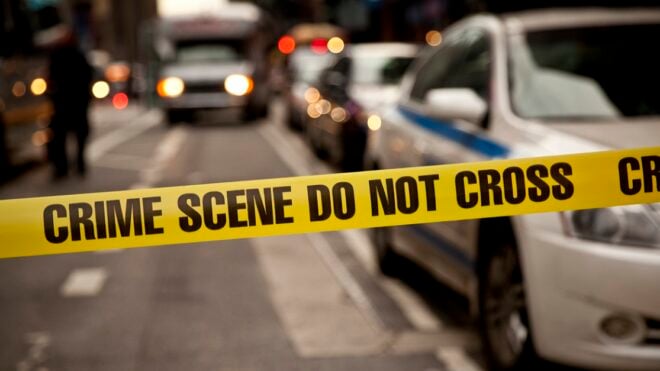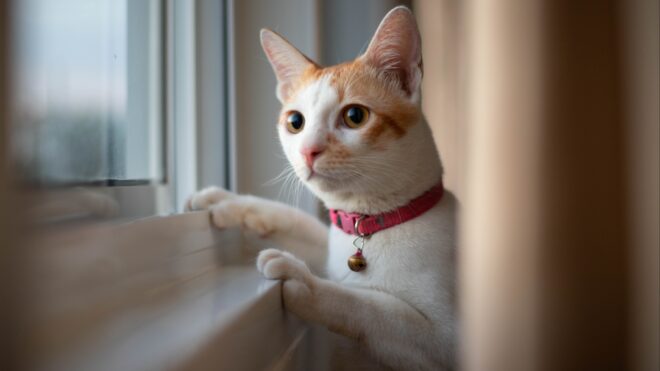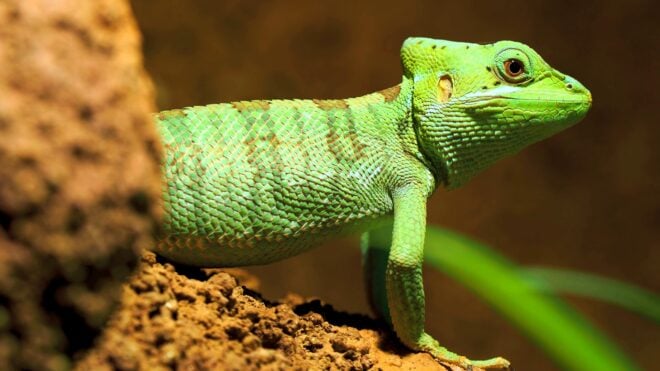November is when the skies get gray and the bright leaves all fade, and it's time to turn to our homes and spend time in the warmth and shelter of our families.
It's also a time when people start holiday traveling in earnest, and Thanksgiving draws people out on the roads for both short and long journeys. And as the days get shorter, it means more driving in the dark.
November is also a time when other creatures are moving around, too.
In the Northern Hemisphere, deer are right in the middle of their mating season, which lasts from October through December. They're also trying to dodge bears, wolves, and big cats who are looking to fatten up for winter.
All of this leads to deer acting a little carelessly this time of year and, as a result, deer-vehicle collisions are highest in the U.S. during November.
And if you live in South Dakota, West Virginia, Montana, Pennsylvania, or Iowa, your chances of encountering a deer on the road are even greater, according to statistics.
It's important to remember that we share this planet with all kinds of creatures, and that we have to be aware of them because they really do affect out lives, and we definitely affect theirs.
Just like you can save migrating birds from colliding with your windows with a few simple changes, you can also keep yourself, your car, and the deer safe this November.
[H/T: The Dodo]
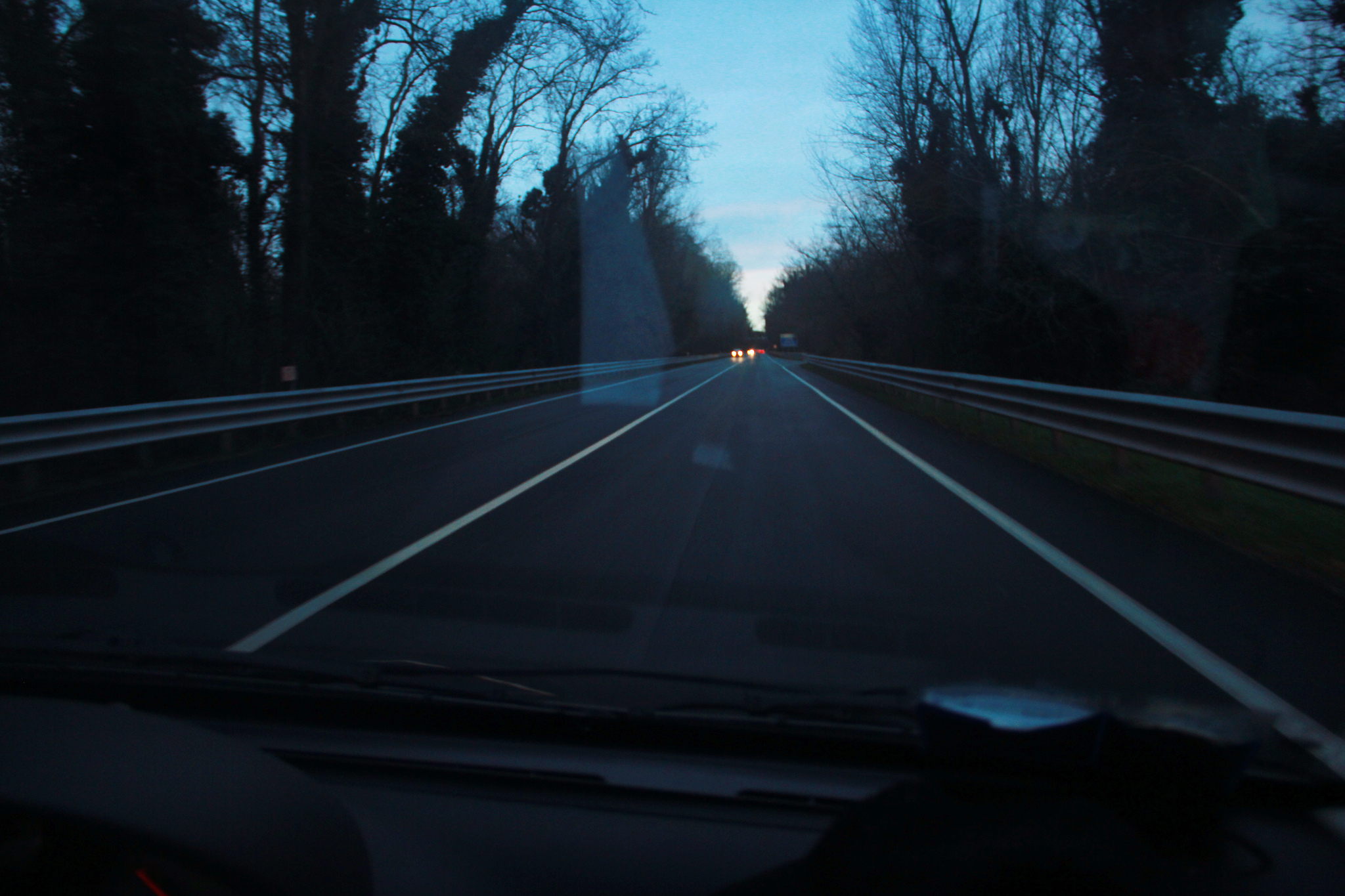
For us humans, November means traveling to see friends and family.
But it also means shorter days and more driving in the dark, especially if you live in a more rural area or have to drive a longer way.
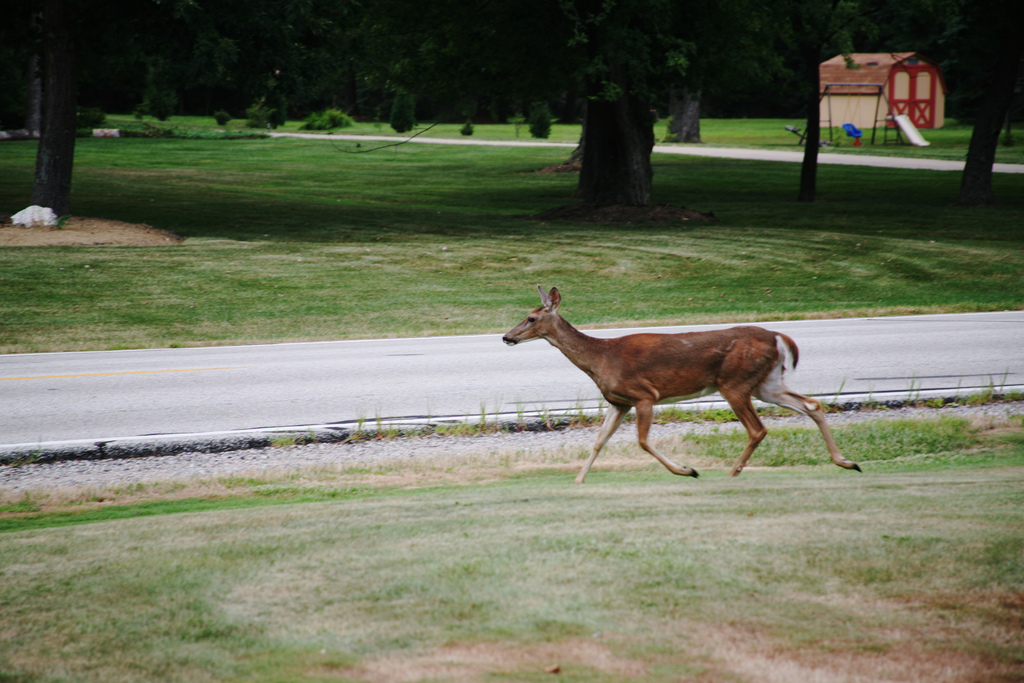
And it's also a month when deer are running around, trying to both secure mates and avoid predators who are looking to put on extra weight for the winter.
That means they're more likely to dart into the road and into oncoming traffic, causing collisions with vehicles that can be extremely dangerous for both the deer and the humans in the cars.
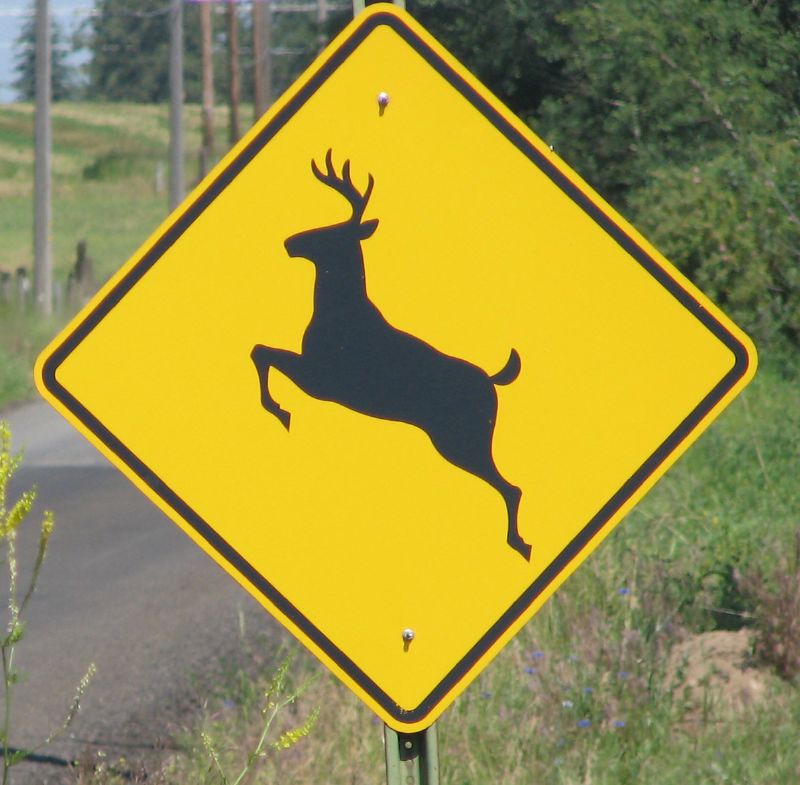
While plenty of roads issue warnings, like these iconic signs, it's always best to be on high alert this time of year.
And if you see a sign like this, take it seriously. They've been put there for a reason. Reduce your speed, and proceed with caution.
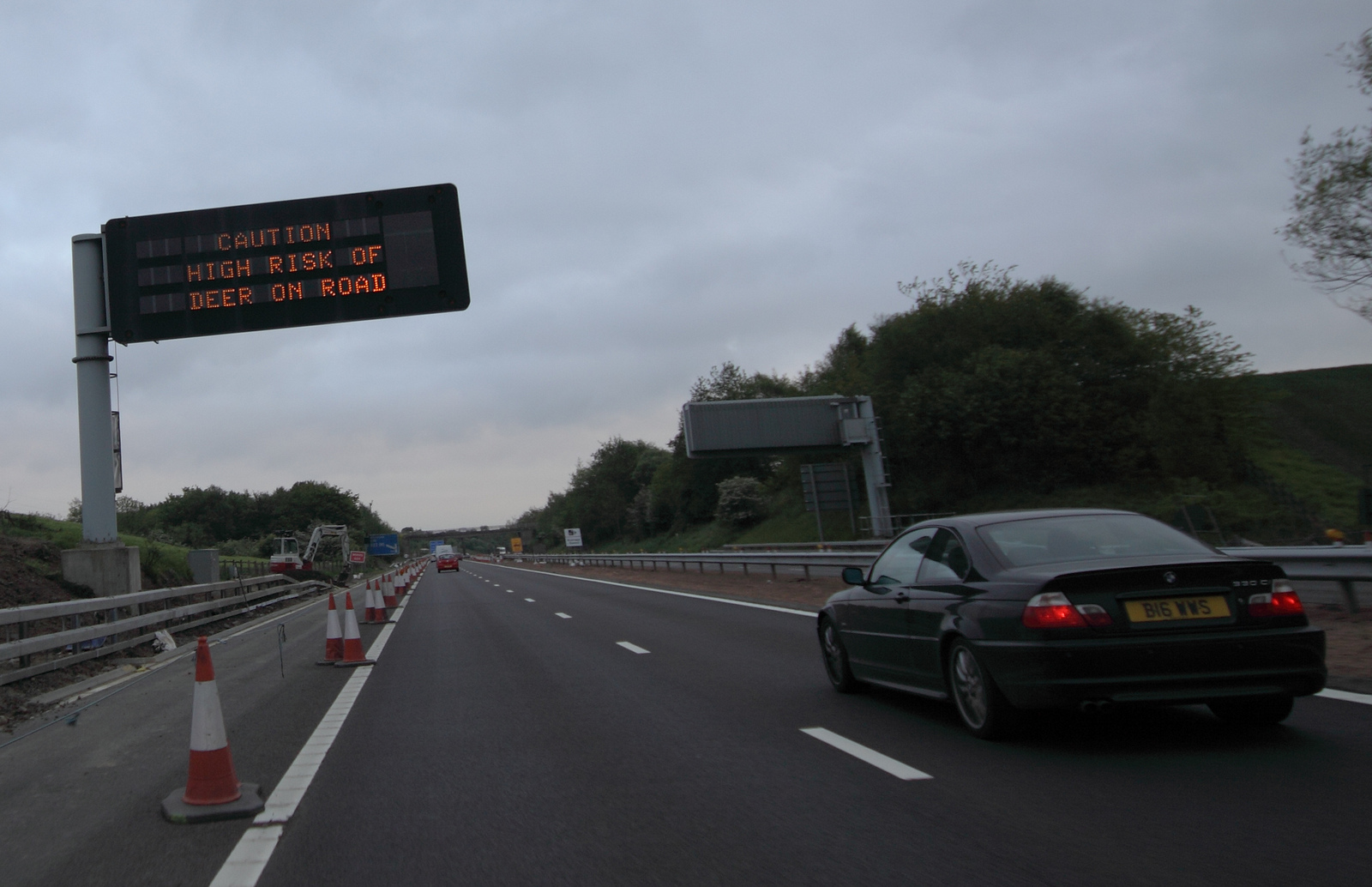
Also, be aware that dusk and dawn are going to be the time when you're most likely to encounter a deer in the road.
Deer are crepuscular, which means they prefer to occupy the dim times between night and day, so if you're driving around sunrise or sunset, be extra alert.
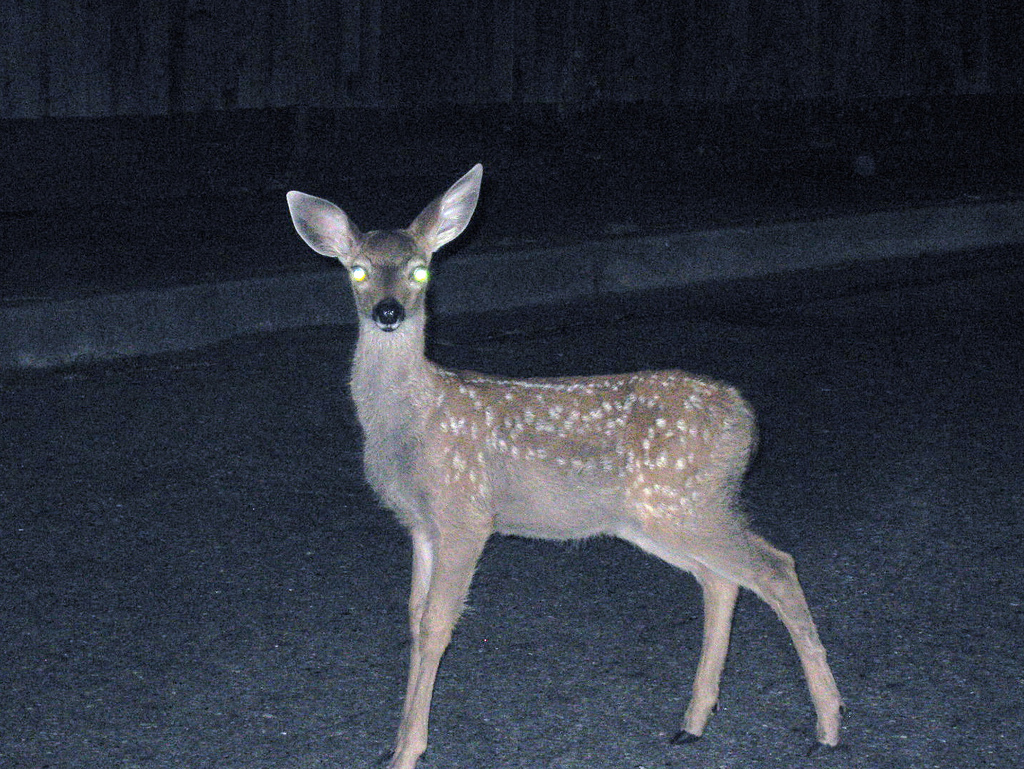
If you're driving down a dark stretch of road, use your high beams. You'll be able to spot a deer sooner, and even just an extra fraction of a second can help you avoid a collision.
They'll also allow you to see the sides of the road, where animals thinking of crossing may be waiting.
According to the DMV: "Headlights have an illumination range of 200 to 250 feet. To allow for sufficient brake time, reduce your speed to 45 mph at night — or even down to 30 mph when roads are icy."
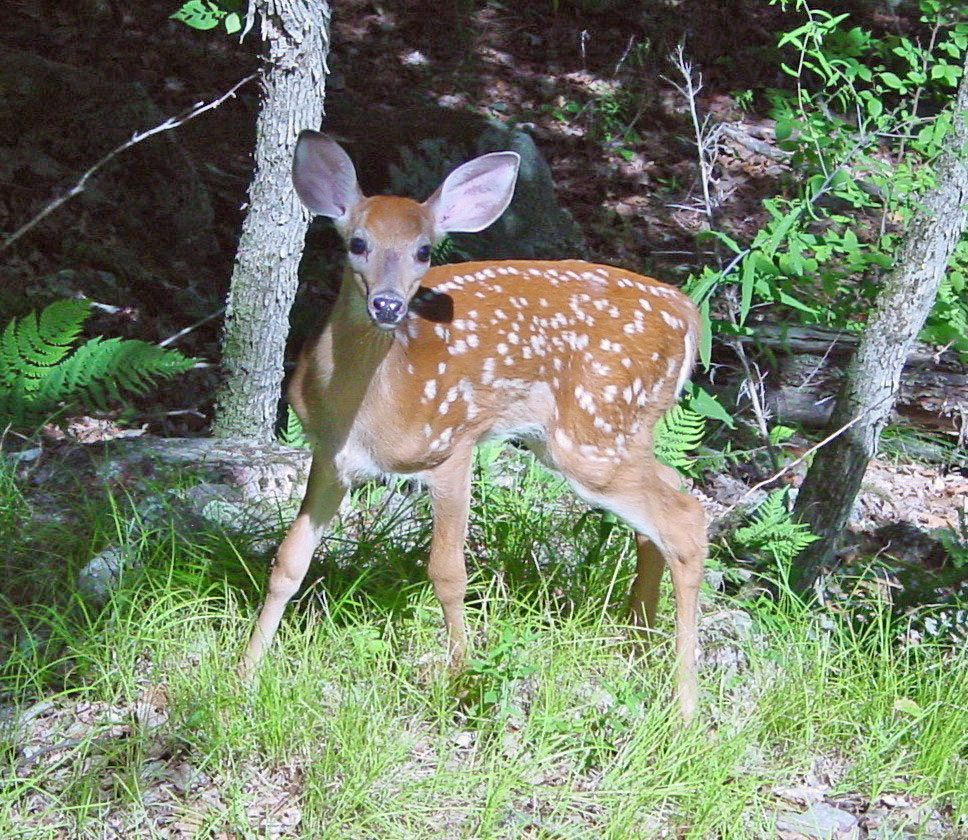
If you're on a multilane road, stay in the center lane. This will keep you a bit farther from the side of the road and give you more time to see a deer coming.
If you're on a simple two-lane road, be very careful on bends and shoulders, and look out for the reflective eyes of deer.
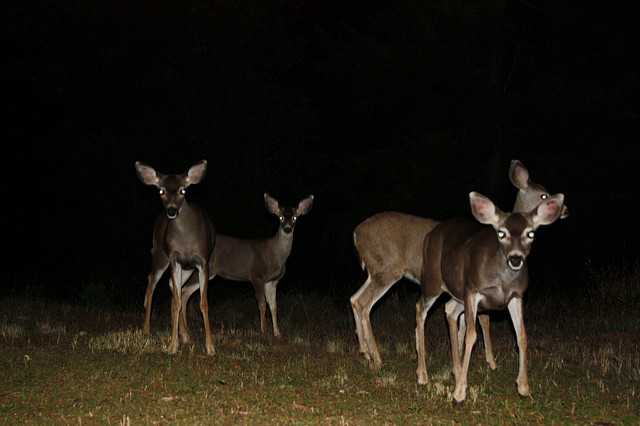
And finally, if you see a deer, lean on the horn. A long blast might scare it into moving away from you.
Another audio option is the deer whistle, which is mounted on the car and supposedly scares deer away with a sounds that they can hear, but humans can't.
However, there is a lot of debate as to how effective deer whistles are.
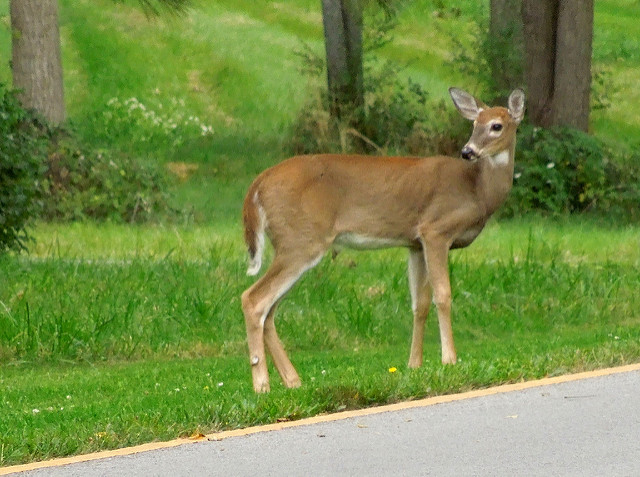
If you spot a deer on the side of the road, be very careful.
Deer are very unpredictable and skittish, and you never know if they might leap into the road. Simply slow down and proceed carefully.
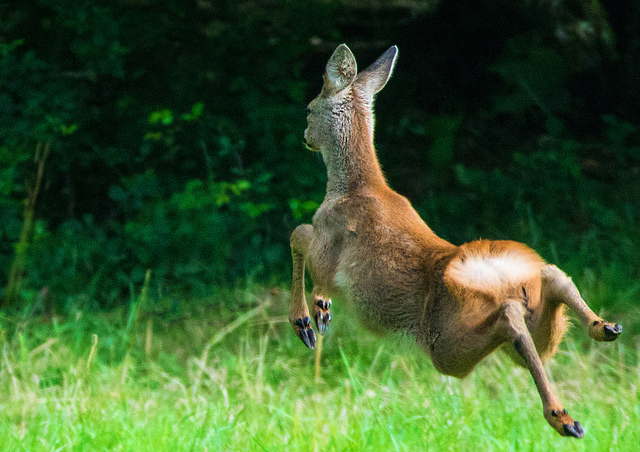
If the deer suddenly leaps into the road, do not panic and never swerve. Doing so can put you right into oncoming traffic, or take you into a tree, which is far more dangerous.
According to the DMV, in the event of a collision, it's best to slam on the brakes, lay on the horn, and stay on the path.
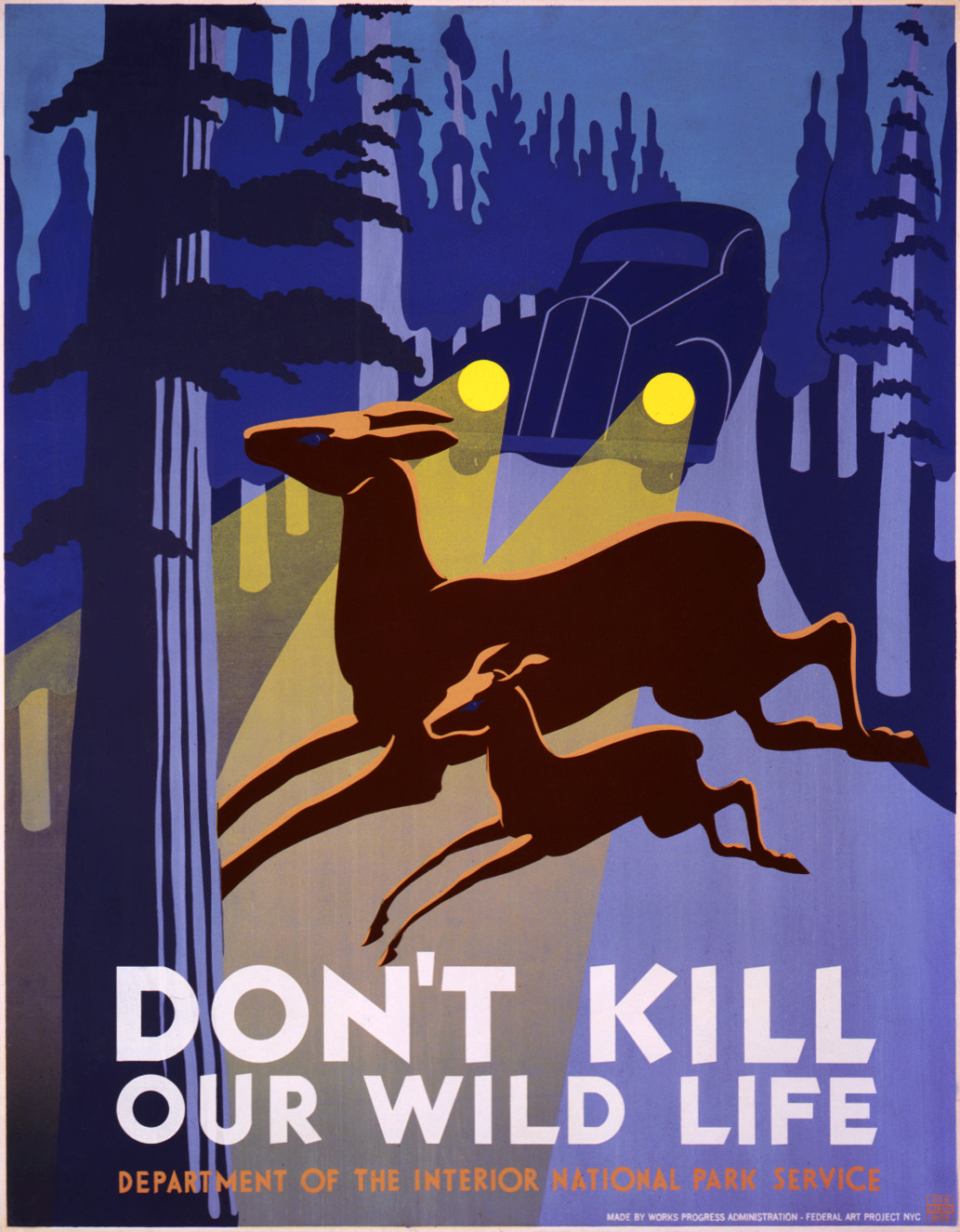
If you're concerned about deer in your area, or what to do if you do hit a deer, talk to your local police department or animal rehab organization. They can tell you what to do and what not to do in case of an emergency.
Have you ever had the misfortune of hitting a deer? Or have you ever narrowly missed one? Let us know your story in the comments below.
If you know anyone traveling this month, SHARE this information with them to keep them safe!

